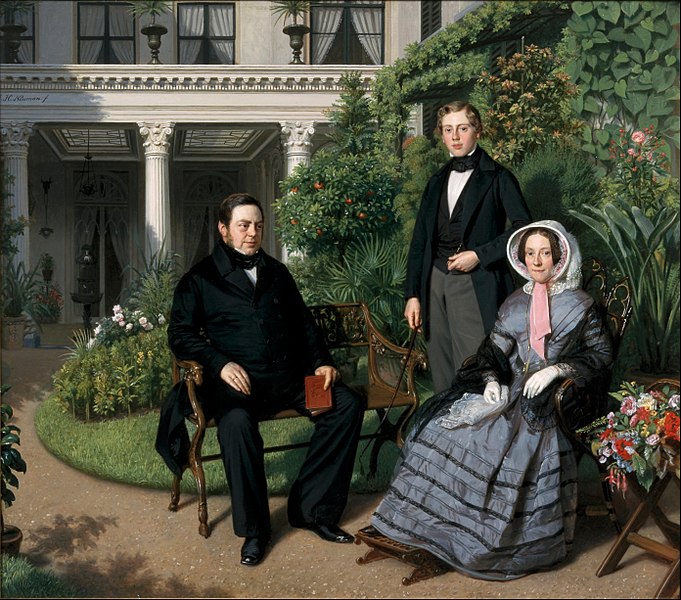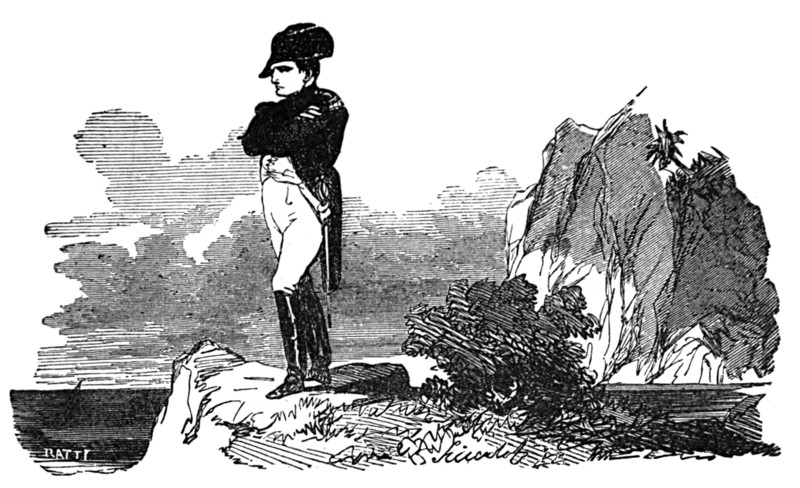University of California psychologist Diana Deutsch discovered this illusion in 1973. Play the file using stereo headphones. If you hear a high tone in one ear and a low tone in the other, decide which ear is hearing the high tone. Then reverse the headphones and play the file again.
“Despite its simplicity, this pattern is almost never heard correctly, and instead produces a number of illusions,” Deutsch writes. Some people hear a single moving tone; some hear silence; some notice no change when the headphones are reversed. Some impressions even seem to vary with the handedness of the subject!
What you’re hearing is simply an octave interval, with the high note played in one ear and the low in the other, the two regularly switching places. Seen on paper it’s remarkably simple, which makes the confusion all the more striking. Deutsch suspects that two different decision mechanisms are being invoked at once — one determines what pitch we hear, and the other determines where it’s coming from. More info here.



